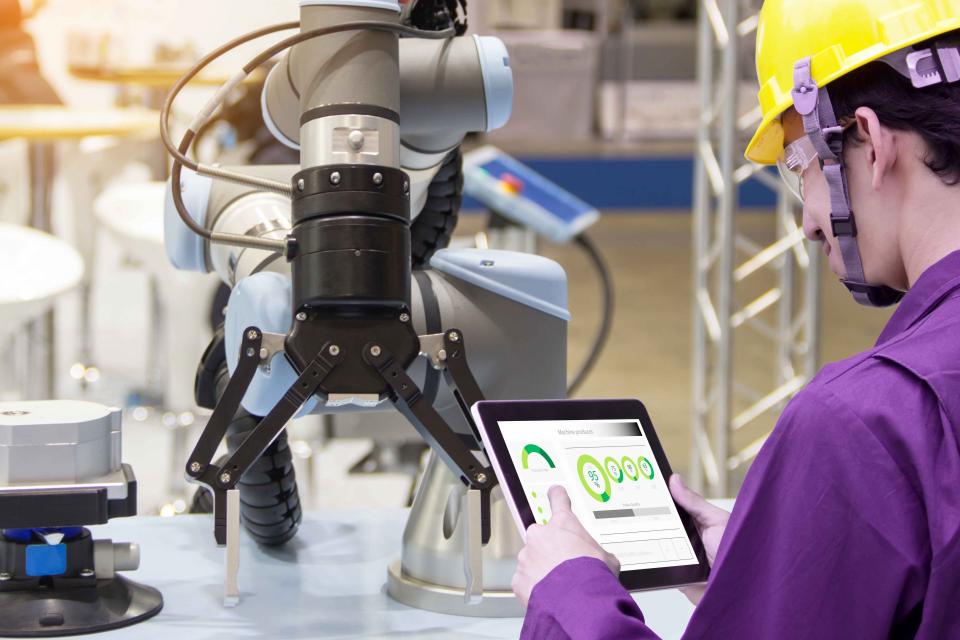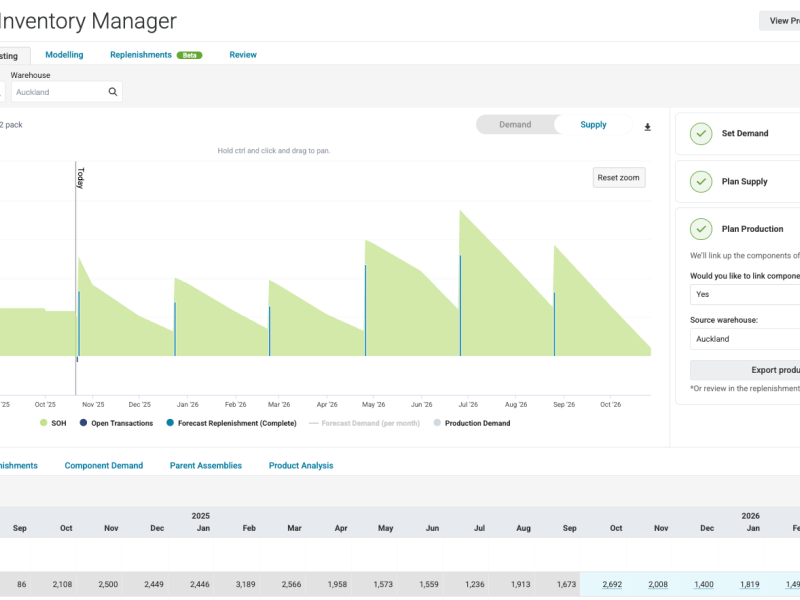By 2025, Singapore will have Extended Producer Responsibility (EPR) laws in place, putting added pressure on manufacturers to manage packaging and electronic waste (e-waste) sustainably. In response, production managers are seeking low-impact and cost-efficient alternatives to single-use materials, but these are not always durable enough. Here Jon Young, APAC sales director at global automation parts supplier EU Automation explains why the solution lies in better manufacturing processes, rather than just new materials.
The EPR laws will put the responsibility for the collection, treatment and disposal of products onto businesses. The hope is that a market for discarded plastic, paper and metal will be created to avoid excess materials ending up in landfill. This will also increase the use of materials with low-environmental impact in production processes.
While there are a range of sustainable options for manufacturers seeking to replace traditional materials and reduce waste, these “sustainable” alternatives frequently pose environmental issues. For example, producing paper bags emits 70 per cent more air and 50 per cent more water pollutants than producing plastic. So, to match the environmental impact of a plastic bag being used just once, a paper bag would need to be used at least three times. Paper bags are also less durable than their plastic counterparts.
As these examples show, the sole answer for manufacturers doesn’t lie in “sustainable” materials. Instead, manufacturers should seek to improve their manufacturing processes to reduce their environmental impact and better handle e-waste — but how?
Circular economy
Circular economy models are becoming more popular in manufacturing despite only 8.6 per cent of the world being circular, according to the 2022 Circularity Gap Report. It can help companies comply with the host of regulations that already promote waste management and recycled parts.
The main ideology for the circular economy is that parts don’t need to be sourced new and, instead, tools and components can be made from reused, recycled high-cost materials. Circular economy models are beneficial for recycling precious metals and raw materials, as supply chain disruptions have caused major shortages. For example, Sandvik Coromant collects used carbide tools from its customers and sends them to its recycling plant in Austria to be examined and form a carbide powder to be repurposed.
The circular economy approach can greatly-benefit Singapore’s industry — and not only in terms of its EPR laws. There are also predications that the country’s only landfill site — Semakau Landfill will be completely full by 2025.
Closing the loop
A closed loop manufacturing system is another way to keep parts and materials in use, and reduce e-waste. Closed loop systems ensure that parts are continually reprocessed, reused and recycled. This allows for repeated manufacturing of the same or different products, indefinitely. For example, Nike saves more than 95% of manufacturing waste from landfills by recycling materials and even dye water.
When recycling materials, manufacturers should consider part-quality and ensure products do not suffer from deterioration. For example, did you know that most metals can be recycled infinitely, while paper can only be reused five to seven times? Recycled materials can be sourced more quickly that new materials, for a better return on investment (ROI). This is because you can buy an exact replacement already compatible with your machine that is ready for use.
Going digital
Industry 4.0 can also help minimise waste, particularly big data. For example, collected sensors can be attached to machines at the device levels can offer enhanced monitoring of the production process. Using refurbished parts to keep your machines running is another way to avoid materials ending up in landfill. For older machines, manufacturers may need to seek an obsolete parts provider to supply replacement parts.
Using an automation parts supplier that specializes in both obsolete and refurbished components can often save time compared to buying new parts as manufacturers can maintain a healthy supply of stock.
Overall, sustainability offers huge benefits to manufacturers in terms of ROI and reduced waste. Adopting a circular model should become part of business strategy to minimise waste in landfill and avoid product shortages to keep production running smoothly.
To find out more on the circular economy and its benefits visit EU Automation’s Knowledge Hub. To discover the range of quality automation parts available from EU Automation, visit its website.






